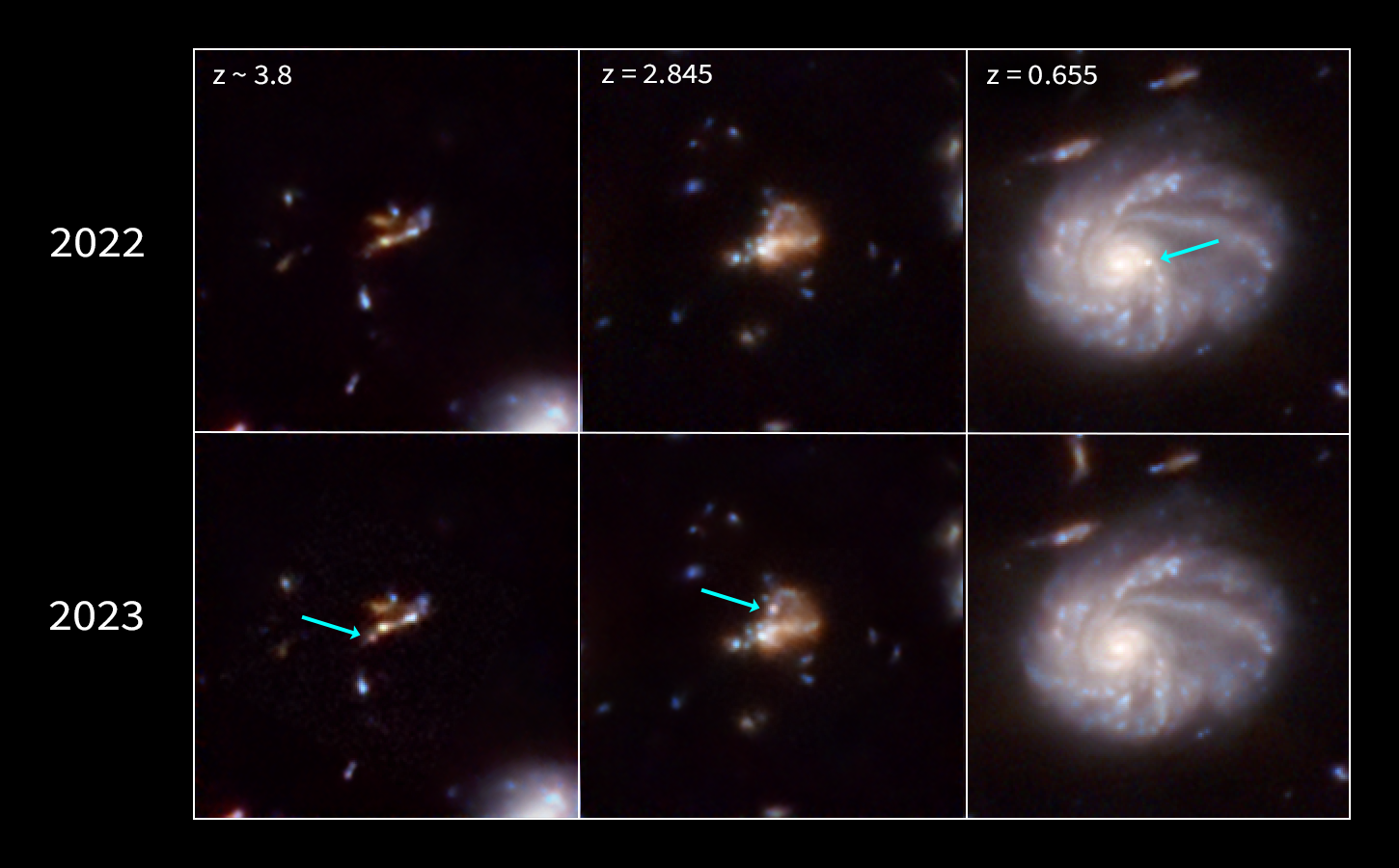NASA’s James Webb Space Telescope has identified 10 times more supernovae in the early universe than previously known, some of which are the most distant of their kind. The findings were presented by Christa DeCoursey, a graduate student at the Steward Observatory and the University of Arizona, at the American Astronomical Society meeting. The team used data from the JWST Advanced Deep Extragalactic Survey (JADES) program. They discovered about 80 supernovae, including the farthest one ever confirmed, which exploded when the universe was only 1.8 billion years old. The team also identified a Type Ia supernova, used to measure the universe’s expansion rate.
NASA’s James Webb Space Telescope: A New Window into the Early Universe
NASA’s James Webb Space Telescope (JWST) is providing scientists with unprecedented insights into the early universe, revealing a significantly higher number of supernovae than previously known. The JWST’s advanced capabilities have allowed researchers to identify ten times more supernovae in the early universe, including some of the most distant examples of their type. These findings are contributing to our understanding of the universe’s expansion rate.
The JWST, described by researchers as a “supernova discovery machine,” has been instrumental in these findings. The telescope’s ability to detect light from extremely distant supernovae, stretched into longer wavelengths due to the phenomenon known as cosmological redshift, has enabled the identification of supernovae from when the universe was less than 2 billion years old. This is a significant leap from previous observations, which were limited to viewing supernovae from when the universe was around 3.3 billion years old.
Unveiling the Transient Universe
The JWST’s Advanced Deep Extragalactic Survey (JADES) program has been key to these discoveries. By comparing multiple images taken up to a year apart, the team was able to identify sources that appeared or disappeared in those images, known as transients. Supernovae are a type of transient, and the JADES Transient Survey Sample team uncovered about 80 supernovae in a patch of sky only about the thickness of a grain of rice held at arm’s length.
This is the first comprehensive sample of what the high-redshift universe looks like for transient science. The team’s findings are helping to determine whether distant supernovae are fundamentally different from or very much like what we see in the nearby universe. The team identified a number of high-redshift supernovae, including the farthest one ever spectroscopically confirmed, at a redshift of 3.6. Its progenitor star exploded when the universe was only 1.8 billion years old.
The Importance of Type Ia Supernovae
Type Ia supernovae are of particular interest to astrophysicists. These exploding stars are so predictably bright that they are used to measure far-off cosmic distances and help scientists to calculate the universe’s expansion rate. The team identified at least one Type Ia supernova at a redshift of 2.9. The light from this explosion began traveling to us 11.5 billion years ago when the universe was just 2.3 billion years old.
Scientists are keen to analyze Type Ia supernovae at high redshifts to see if they all have the same intrinsic brightness, regardless of distance. This is critically important, because if their brightness varies with redshift, they would not be reliable markers for measuring the expansion rate of the universe. Preliminary analysis of the Type Ia supernova found at redshift 2.9 indicates no evidence that Type Ia brightness changes with redshift, supporting current theories about the universe’s expansion rate and its ultimate fate.
Looking to the Future: Understanding Star Formation and Supernova Explosion Mechanisms
The early universe was a very different place with extreme environments. Scientists expect to see ancient supernovae that come from stars that contain far fewer heavy chemical elements than stars like our Sun. Comparing these supernovae with those in the local universe will help astrophysicists understand star formation and supernova explosion mechanisms at these early times.
The JWST is opening a new window on the transient universe, and its sensitivity is enabling the discovery of supernovae and other transients almost everywhere it’s pointed. This is the first significant step toward more extensive surveys of supernovae with the JWST, which is expected to continue to reveal exciting and unexpected findings about our universe.
External Link: Click Here For More

